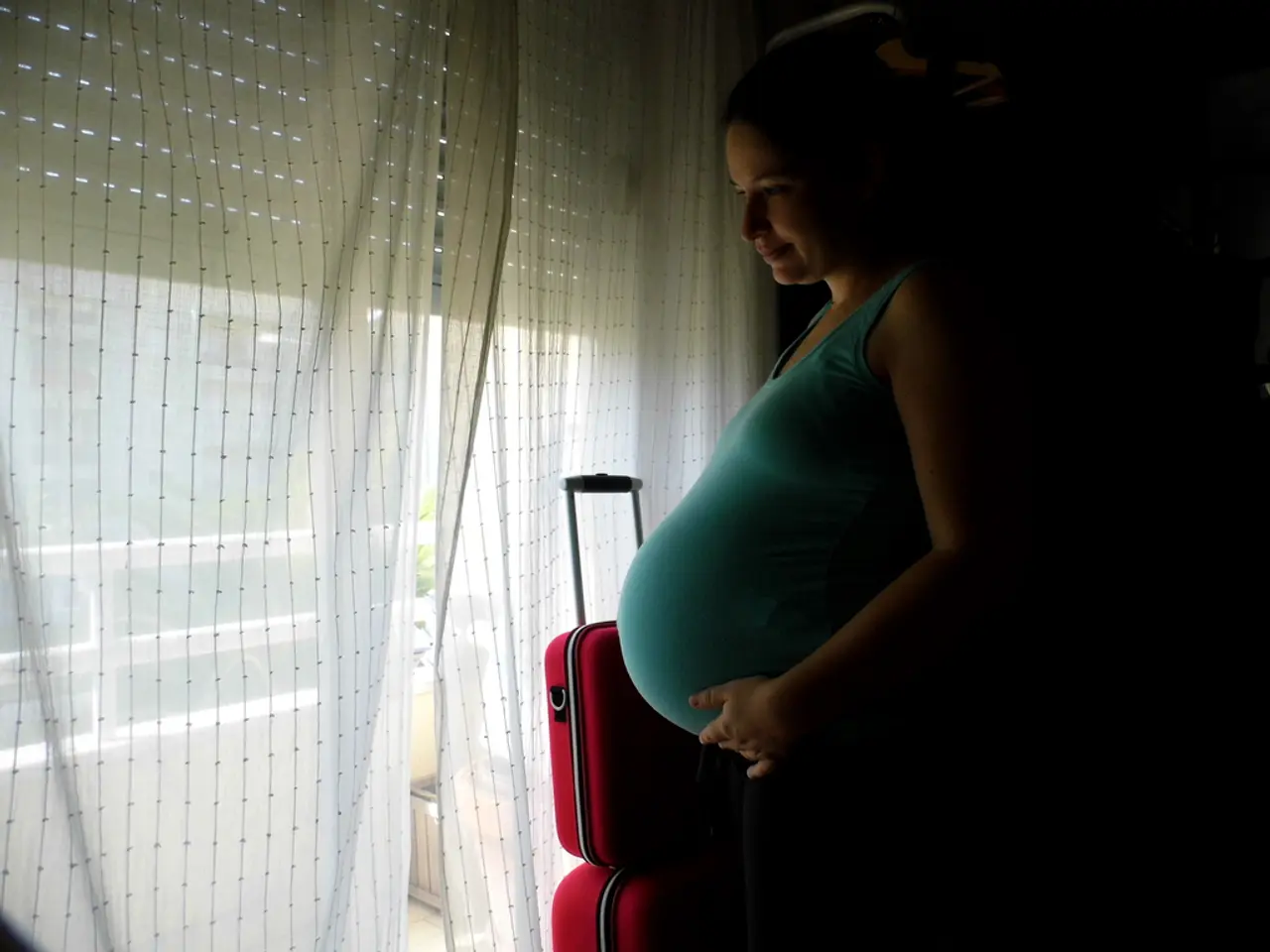Reasons Leading to Early Deliveries
Premature birth, defined as deliveries three weeks before the due date of the baby, can pose significant health risks for both mothers and infants. This article explores the common causes and factors that increase the likelihood of premature birth.
A history of previous preterm birth significantly increases the risk of recurrence. Other contributing factors include uterine or placental abnormalities, multiple pregnancies (such as twins, triplets, or quadruplets), chronic maternal health conditions like diabetes or high blood pressure, infections, and high physical or emotional stress during pregnancy.
Maternal age also plays a role. Being a teen mother (less than 17 years old) increases the risk of preterm delivery, particularly in second deliveries. Girls delivering in their late teens have a lower risk compared to early teens. On the other hand, women over 35 years old, and especially those over 40, have an increased risk.
Lifestyle factors such as smoking, drug, and alcohol abuse, and being underweight during pregnancy also contribute to the risk of premature birth. Passive smoking is equally dangerous during pregnancy. It is advisable to exclude these harmful habits from your lifestyle for a healthy pregnancy.
Infections, including bacterial vaginosis and other genital infections, can increase the chances of preterm deliveries. Prenatal disorders such as preeclampsia, HELLP syndrome, and infections can cause preterm labor if left untreated.
A short interpregnancy interval (less than 18 months) is another contributing factor to premature labor due to inadequate time for the body to recover and prepare for another pregnancy. If you are considering another pregnancy, it is advised to wait at least 18 months to allow your body to fully recover.
A family history of preterm deliveries may also affect the likelihood of preterm delivery. A history of miscarriage, especially late in pregnancy, can increase the risk of premature delivery.
Stress during pregnancy can lead to preterm labor due to increased levels of cortisol, epinephrine, corticotrophin, estriol, and prostaglandins. Delivering twins or multiples increases the chances of preterm labor, with twins born around 36 weeks, triplets around 32 weeks, and quadruplets around 30 weeks.
These causes reflect the complex interplay of physiological, environmental, and behavioral factors influencing preterm birth. It is essential for expectant mothers to maintain a healthy lifestyle, seek regular prenatal care, and be aware of the risks associated with premature birth to ensure a safe and successful pregnancy.
[1] [Healthline] (https://www.healthline.com/health/pregnancy/premature-birth-causes) [2] [Mayo Clinic] (https://www.mayoclinic.org/healthy-lifestyle/pregnancy-week-by-week/expert-answers/premature-birth/faq-20058245) [3] [American Pregnancy Association] (https://americanpregnancy.org/pregnancy-complications/premature-birth/) [4] [March of Dimes] (https://www.marchofdimes.org/complications/premature-birth.aspx) [5] [WHO] (https://www.who.int/news-room/fact-sheets/detail/preterm-birth)







